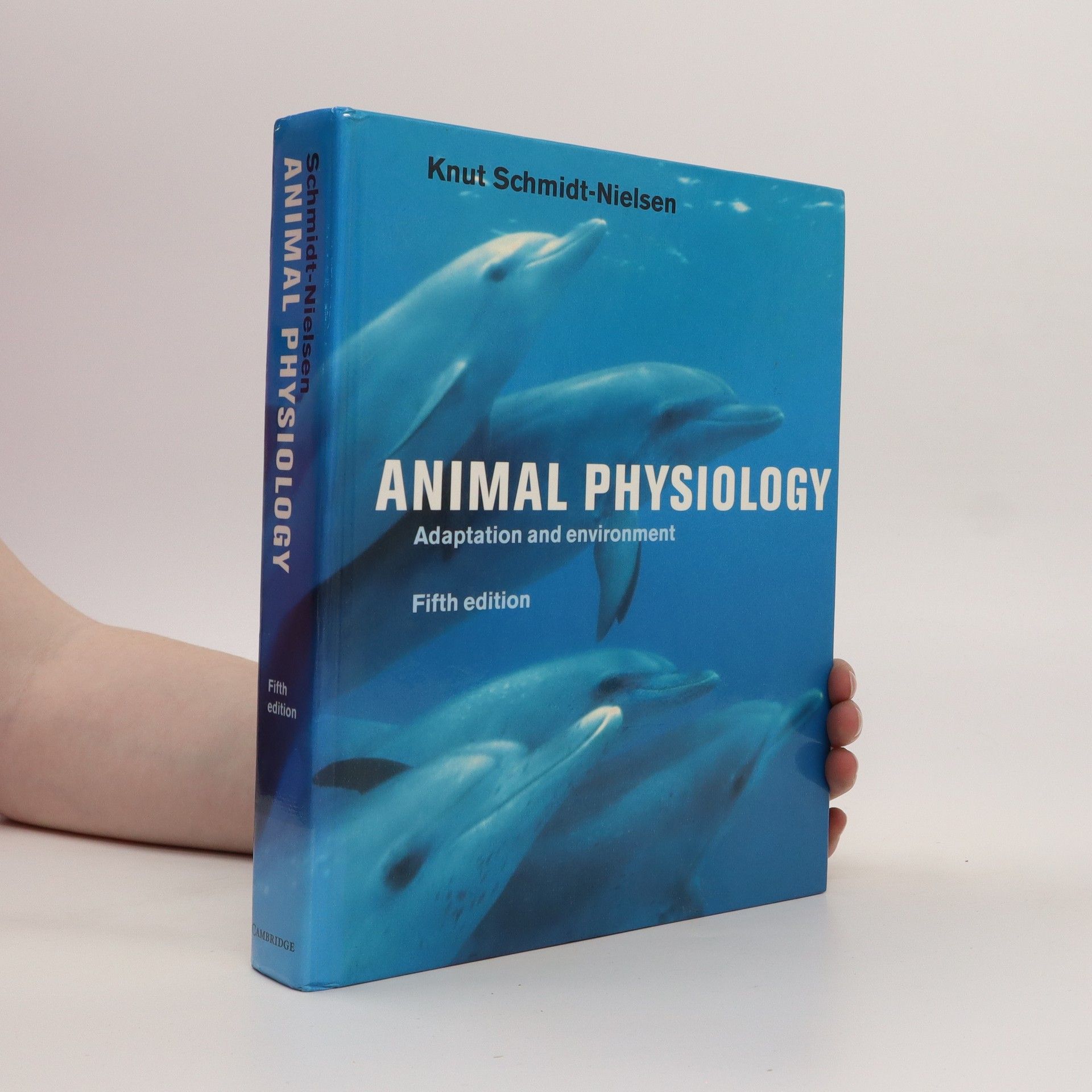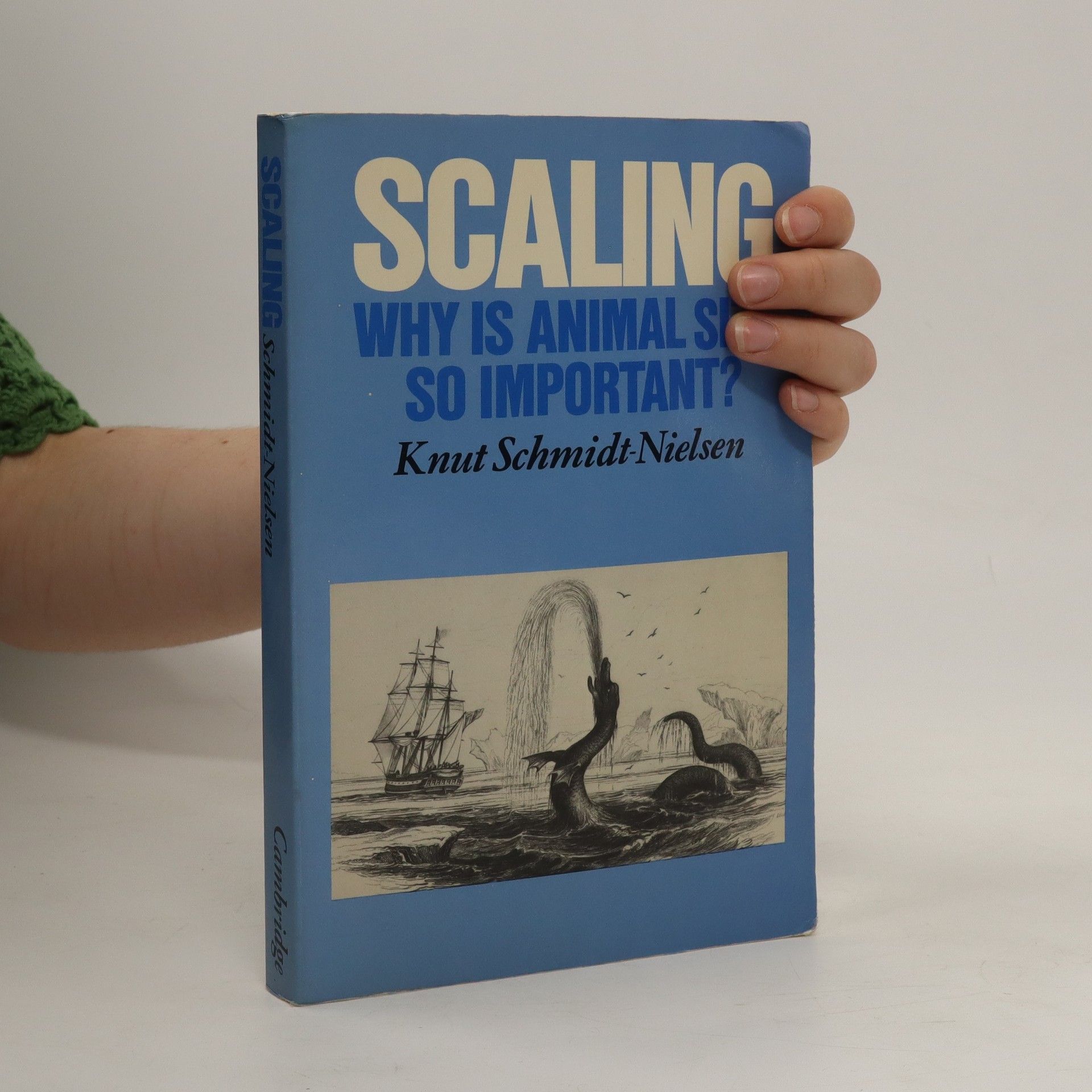This book is about the importance of animal size. We tend to think of animal function in chemical terms and talk of water, salts, proteins, enzymes, oxygen, energy, and so on. We should not forget, however, that physical laws are equally important, for they determine rates of diffusion and heat transfer, transfer of force and momentum, the strength of structures, the dynamics of locomotion, and other aspects of the functioning of animal bodies. Physical laws provide possibilities and opportunities for an organism, yet they also impose constraints, setting limits to what is physically possible. This book aims to give an understanding of these rules because of their profound implications when we deal with animals of widely different size and scale. The reader will find that the book raises many questions. Remarkable and puzzling information makes it read a little like a detective story, but the last chapter, instead of giving the final solution, neither answers all questions nor provides one great unifying principle.
Knut Schmidt-Nielsen Books



How do dolphins catch fish in murky water? Why do moths drink from puddles? How do birds' eggs breathe? How do animals work? In this revised and updated edition of the acclaimed text Animal Physiology, the answers are revealed. In clear and stimulating style, Knut Schmidt-Nielsen introduces and develops the fundamental principles of animal physiology according to major environmental features - oxygen, food and energy, temperature, and water. The structure of the book is unchanged from the previous edition, but every chapter has been updated to take into account recent developments, with numerous new references and figures. Animal Physiology is suitable as a text for undergraduate and beginning graduate courses in physiology. As with previous editions, students, teachers as well as researchers will find this book a valuable and enjoyable companion to course work and research.